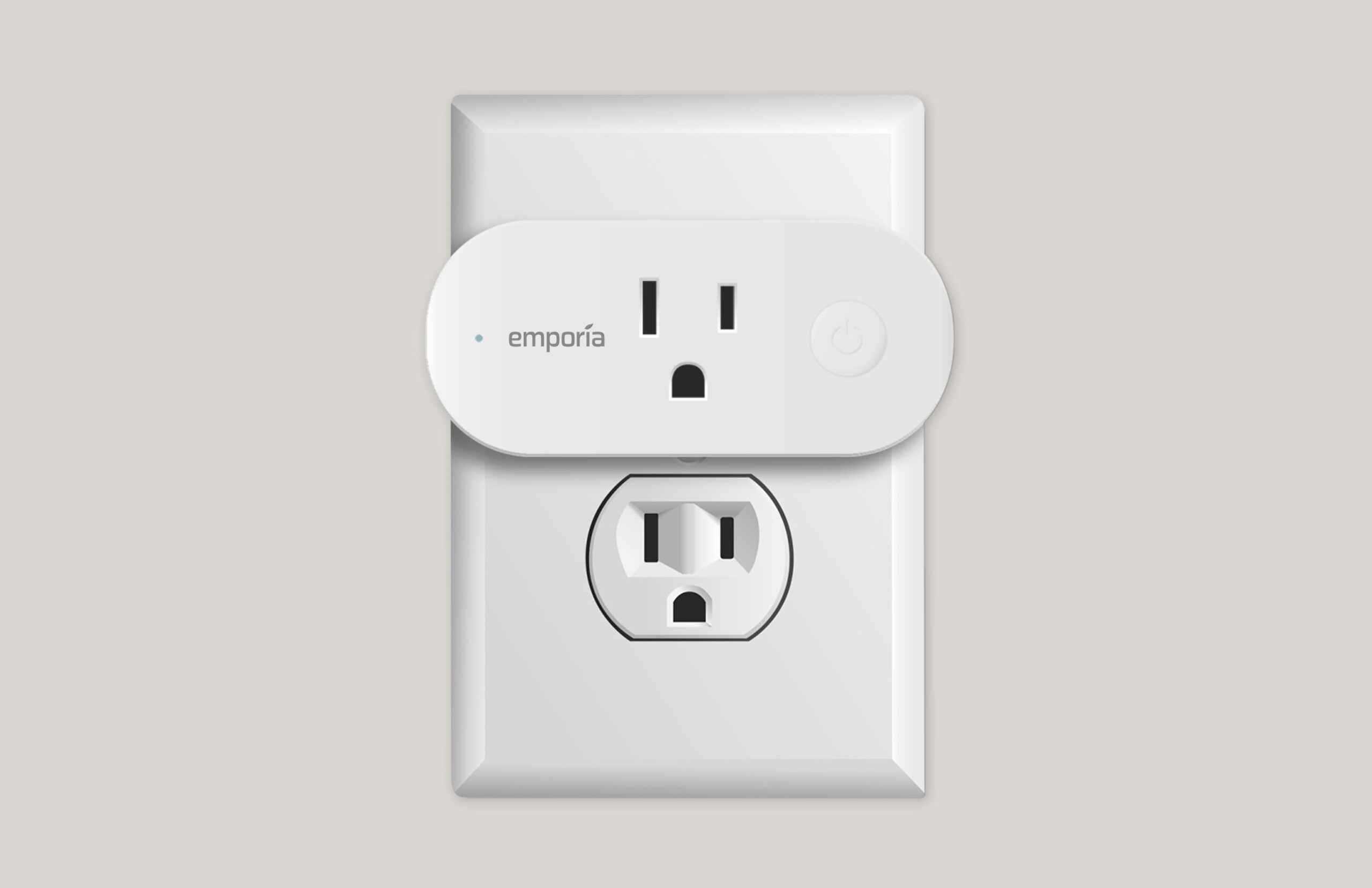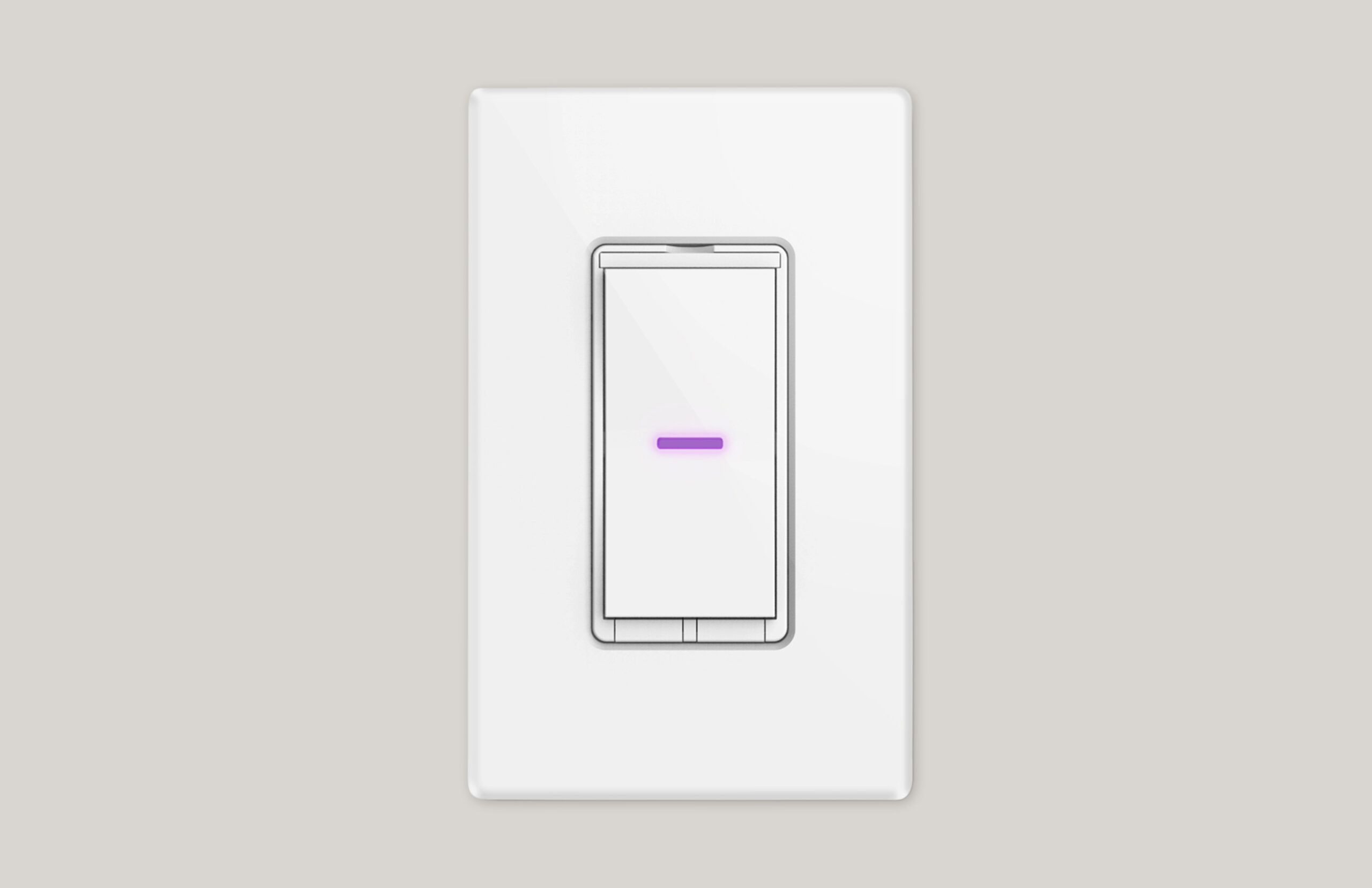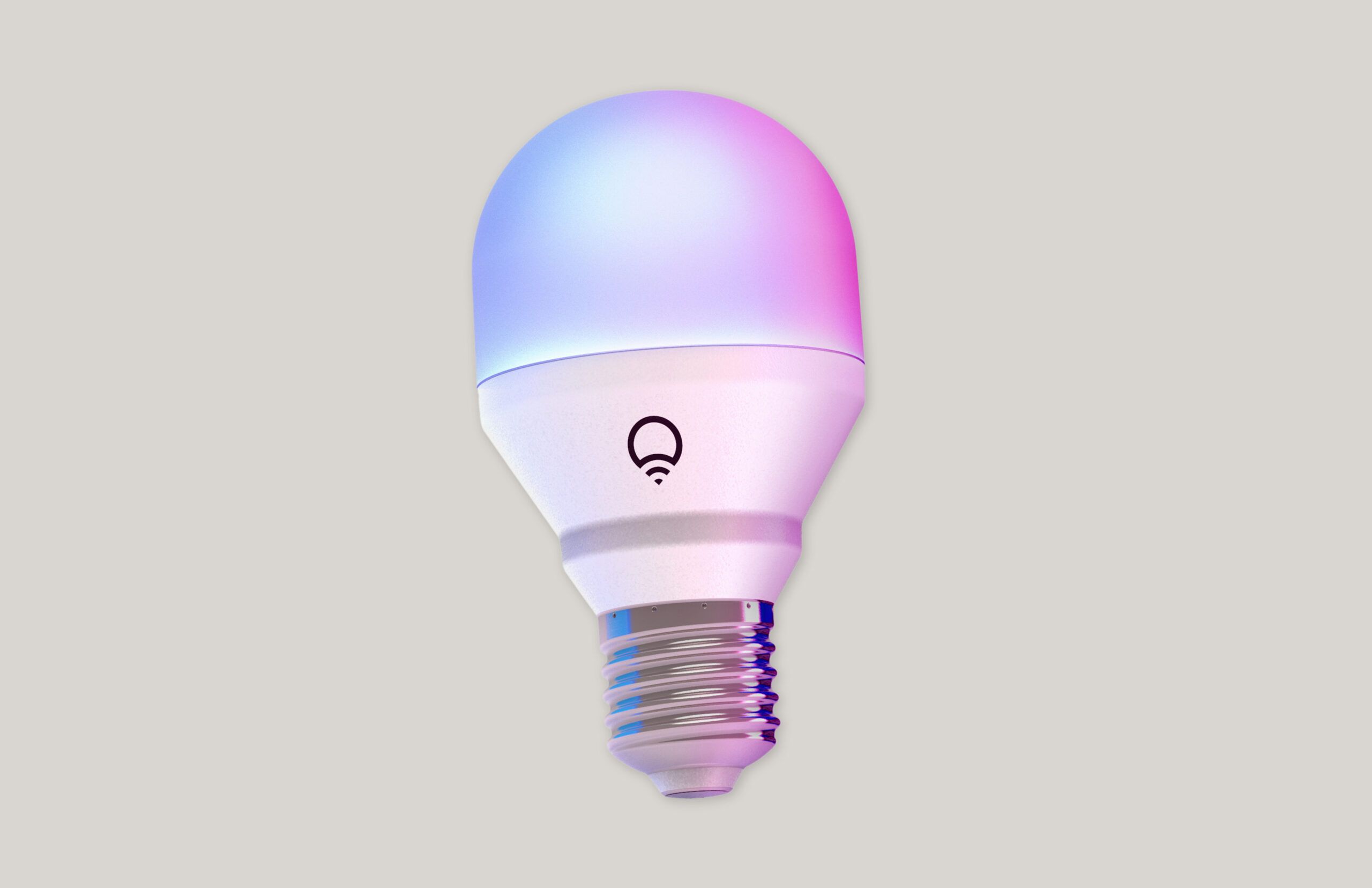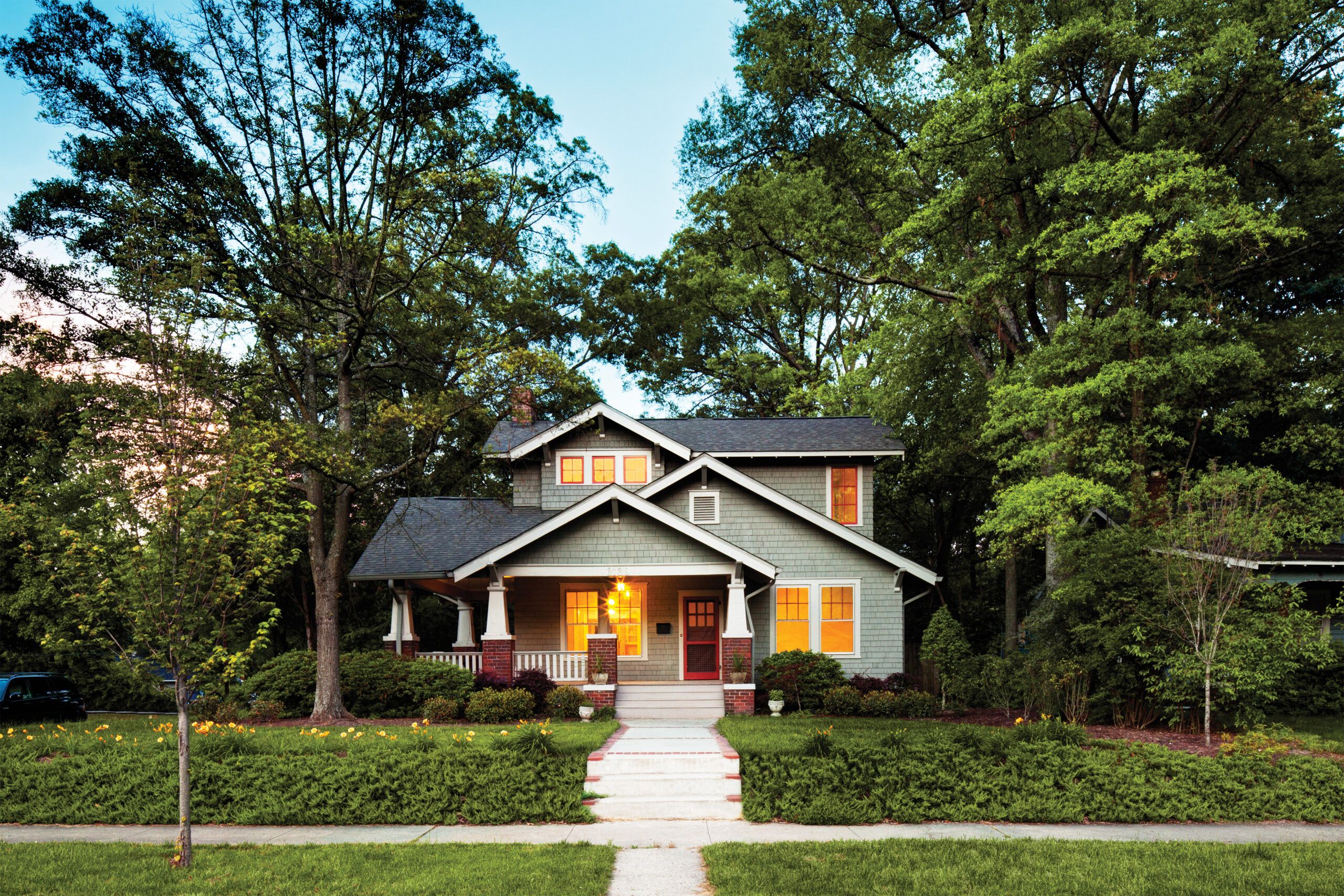We may be compensated if you purchase through links on our website. Our team is committed to delivering honest, objective, and independent reviews on home products and services.
Smart lighting has evolved from a novelty to a practical tool that enhances our daily lives in numerous ways. From improving home security to creating the perfect ambiance, these intelligent devices offer a range of benefits that go far beyond simple illumination. This article explores five innovative uses for smart lighting and provides guidance on choosing the right devices for your home.
5 Ways To Use Smart Lighting
Smart lighting offers numerous possibilities for enhancing your home’s functionality and atmosphere. Below are five clever applications.
Protect Your Home While on Vacation
Smart lighting can be an effective tool for home security, particularly when you’re away. Many smart devices offer automation features that allow you to schedule lights to turn on and off, creating the illusion that someone is home. The Ecobee Switch+ goes a step further with a dedicated vacation mode that randomizes light patterns to add realism.
For a temporary solution, consider the Switchmate, a magnetic smart switch that easily attaches to existing light switches. Though it lacks a specific vacation mode, you can program it to operate lights on a schedule during your absence, providing a layer of security.
Track Your Power Consumption
Smart plugs with energy monitoring capabilities, like the Emporia, allow you to track the power usage of individual appliances in real time. This information can help you identify energy-hungry devices and make informed decisions about your electricity consumption.
For a more comprehensive solution, the iDevices Wall Switch monitors energy usage for multiple light fixtures and ceiling fans, providing valuable insights into your home’s overall energy consumption. Understanding your energy use can lead to more efficient home management.
Set Up Alerts Around the House
High-quality smart bulbs, such as the Philips Hue E26 and LIFX Color, offer vibrant colors and can be integrated with other smart home devices through platforms such as If This Then That (IFTTT). This integration allows for creative alert systems, including:
- Connecting smart bulbs to moisture sensors to detect water leaks
- Creating custom alerts for various home automation scenarios
- Linking lights to video doorbells for visual notifications when someone’s at the door
These setups enhance both functionality and safety within your smart home ecosystem, providing peace of mind and convenience.
Tailor Lighting to How You Use the Room
Smart bulbs excel in multipurpose spaces, allowing you to adjust lighting to suit different daily activities. For example, in a home office that doubles as a gym, you can program lights to mimic natural daylight during work hours and switch to energizing bright lights for workouts.
Some smart bulbs, such as the Connected Max Smart LED bulbs by Cree Lighting, feature a “follow the sun” mode that automatically adjusts light intensity to match outdoor conditions. This can help maintain a natural circadian rhythm and improve overall well-being, making your space more comfortable and adaptive.
For entertainment spaces, certain smart bulbs can sync with your TV or music system to create an immersive atmosphere. Philips Hue offers this feature, allowing lights to change color and intensity in real time based on the content you’re watching or listening to, enriching your experience.
“Use smart bulbs in light fixtures that don’t have dimmers already. Smart bulbs have their own built-in dimming technology, and most of them won’t work correctly if they aren’t operating at full power.”—Ross Trethewey, TOH Home Technology Expert
Create a Do-It-Yourself Motion Sensor
Smart lighting offers a convenient alternative to traditional motion-sensor floodlights, eliminating the need for complex electrical work. The Philips Hue Outdoor Sensor is a versatile, battery-powered option that can be placed anywhere to trigger nearby smart lights when motion is detected, enhancing both safety and convenience.
Which Lighting Device Where?
Smart lighting systems typically work with your home’s Wi-Fi network, making them easy to install and control. However, it’s essential to ensure your Wi-Fi signal is strong enough to support these devices, especially for outdoor installations. Conduct a speed test to verify your network’s capabilities before investing in smart lighting. If your upload speed is less than 5 Mbps, consider upgrading your router or adding a range extender to improve connectivity.
When setting up smart lighting in your home, it’s vital to choose the right type of device for each application. Here’s a guide to help you select the most appropriate smart lighting solution for different areas of your home:
Smart Plugs

Best for: Controlling individual lamps, night lights, and small appliances like coffee makers, dehumidifiers, and air purifiers. Smart plugs are easy to install and offer remote control via smartphone apps, making them a versatile option for various devices.
Smart Switches

Best for: Managing multiple light fixtures and ceiling fans on a single circuit. Smart switches are more cost-effective and reliable than using multiple smart bulbs in rooms with numerous light sources, such as kitchens or living rooms, providing a unified control method.
Many smart switches also function as dimmers, providing greater control over your lighting. Installation requires some electrical knowledge, but they typically take 30–45 minutes to set up and offer significant convenience and functionality.
Smart Bulbs

Best for: Adjusting brightness, color temperature, and hue in individual light fixtures. Smart bulbs offer the most flexibility in terms of lighting customization and are easy to install in existing fixtures, allowing personalized lighting in any room.
Enhancing Home Automation With Smart Lighting
Smart lighting can play a role in creating a more automated and efficient home environment. Here are some additional ways to integrate smart lighting into your home automation system:
- Geofencing: Set up your smart lights to turn on or off automatically when you leave or return home using your smartphone’s location, providing seamless automation.
- Scene creation: To enhance your living experience, design custom lighting scenes for different activities or moods, such as “movie night” or “dinner party. “
- Sunrise and sunset triggers: Program your lights to adjust based on natural light cycles, improving your home’s energy efficiency and aligning with your daily routine.
- Voice control integration: Connect your smart lighting to voice assistants such as Amazon Alexa or Google Home for hands-free control, enhancing convenience.
By incorporating these features, you can create a more responsive and personalized lighting experience throughout your home, adding both convenience and aesthetic appeal.

